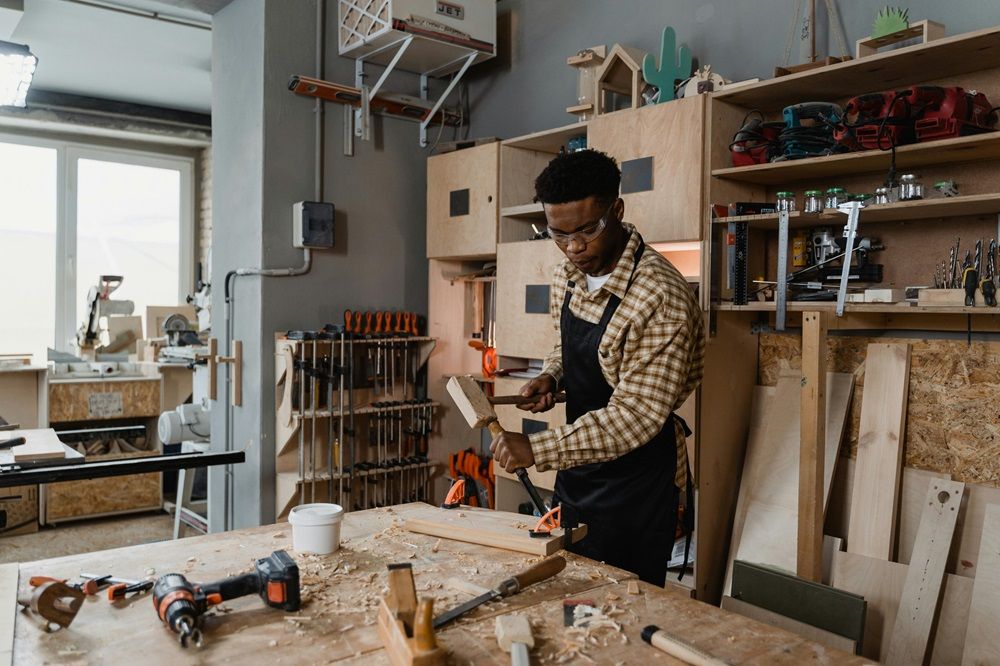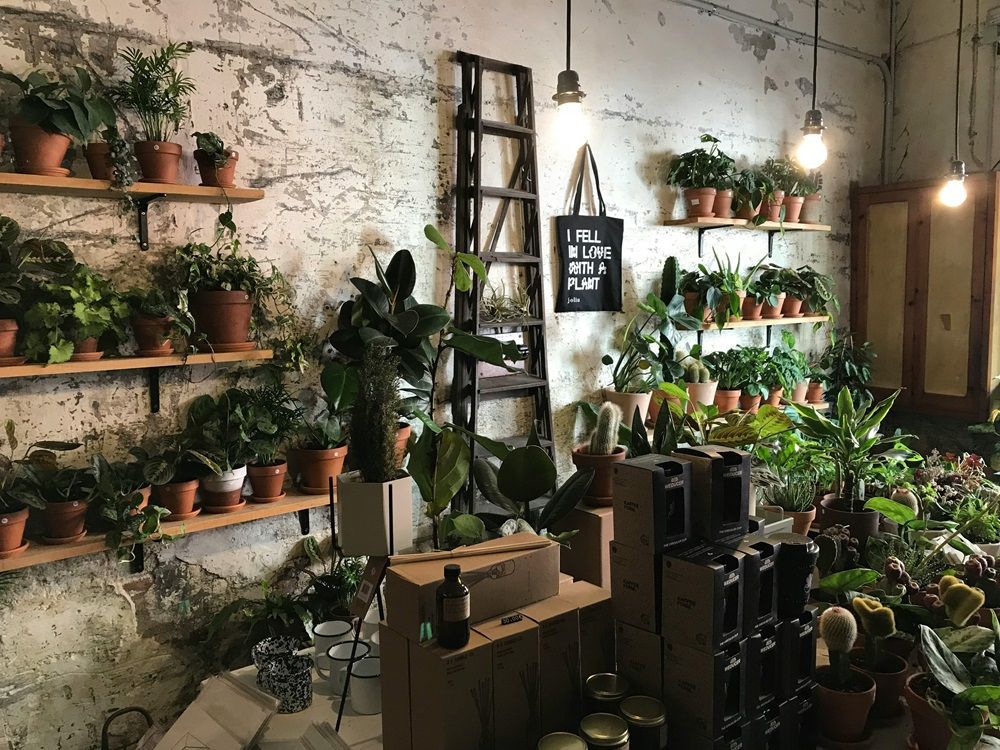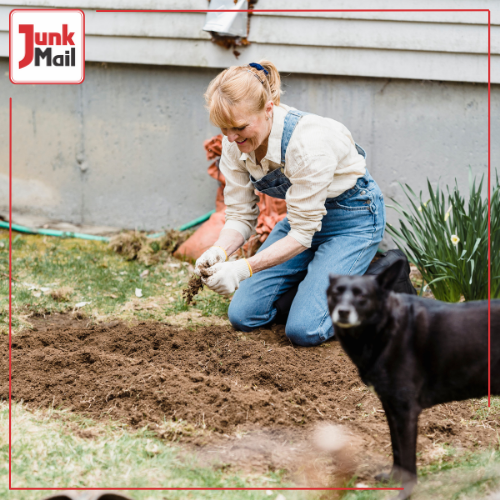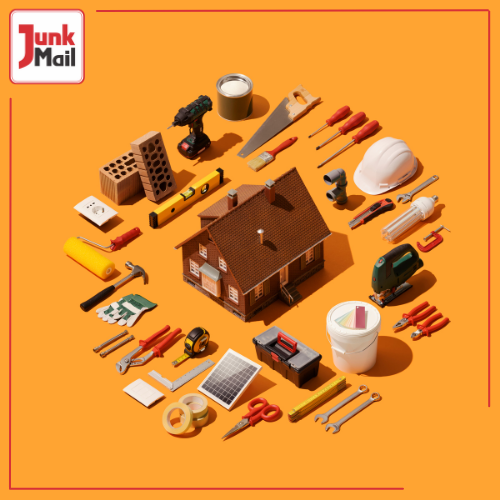Looking for a simple and affordable way to organise your home or garden? DIY shelving units are the perfect solution! Whether you want to declutter your living room, create storage in your garage, or add some charm to your outdoor space, shelving units you can build yourself offers versatility and a personal touch. Let's walk you through the easy-to-make shelving units for both indoor and outdoor use. Ready to get started? Browse for materials to bring your DIY project to life on Junk Mail, the most reliable online marketplace for buying and selling your items and services.
 Photo by Tima Miroshnichenko on Pexels
Photo by Tima Miroshnichenko on Pexels
Benefits of DIY Shelving Units
Before diving into the steps, let’s explore why DIY shelving units are such a great option:
- Cost-Effective: The shelving units save you money compared to store-bought shelves.
- Customisable: You can tailor them to fit your exact needs, dimensions, and style preferences.
- Satisfaction: There’s nothing more rewarding than completing a DIY project and showcasing it in your home.
- Sustainability: Repurposing old materials for shelving promotes eco-friendliness and reduces waste.
Tools and Materials You’ll Need
Before starting your DIY shelving project, gather these tools and materials to make the process smoother:
- Wooden planks (or metal for outdoor use)
- Screws or nails
- Drill or hammer
- Measuring tape
- Brackets for wall-mounted shelves
- Sandpaper (for wood)
- Paint or stain (optional for finishing)
- Level (to ensure your shelves are straight)
- Protective gear (gloves, safety glasses)
You can find many of these materials second-hand or at affordable prices on our site.
Indoor DIY Shelving Units
1. Floating Shelves
Floating shelves are a popular choice for minimalistic indoor spaces, and they are incredibly easy to make.
Instructions:
- Cut the wooden plank to the desired length for your shelf.
- Sand the edges for a smooth finish.
- Use brackets to attach the plank to the wall, ensuring that the shelf is level.
- Paint or stain the wood to match your room’s aesthetic.
Uses:
Ideal for storing books, showcasing decorative items, or organising kitchen essentials, floating shelves can transform any wall into functional space.
2. Crate Shelving
Wooden crates are versatile and can be easily turned into shelving units.
Instructions:
- Find wooden crates (either new or recycled from pallets).
- Sand and paint them if necessary.
- Stack them in different arrangements—either horizontally or vertically.
- Secure them with screws or nails for stability.
Uses:
Crate shelving units work well in living rooms, bedrooms, or even bathrooms for storing towels, toiletries, or toys.
3. Ladder Shelves
If you have an old wooden ladder, you can convert it into a rustic shelving unit.
Instructions:
- Sand the ladder and apply paint or stain for a fresh look.
- Place wooden planks between the steps as shelves.
Uses:
This unique shelf can be used in bedrooms for displaying indoor plants or in living rooms for storing magazines and books. It adds a touch of vintage charm to any space.
 Photo by Oleksandr S on Pexels
Photo by Oleksandr S on Pexels
Outdoor DIY Shelving Units
1. Pallet Shelving
Wooden pallets are durable and perfect for outdoor shelving units.
Instructions:
- Sand the pallets to remove any rough spots.
- Paint them with weatherproof paint to protect them from the elements.
- Attach them to a wall or fence using heavy-duty screws.
Uses:
Pallet shelves are perfect for organising gardening tools, pots, or outdoor decor. They’re great for use in garages, sheds, or on patios.
2. Cinder Block and Plank Shelving
This simple yet functional design uses cinder blocks and wooden planks to create a sturdy outdoor shelf.
Instructions:
- Arrange the cinder blocks in a stable formation.
- Place wooden planks across the blocks to form shelves.
- Ensure the planks are secured and level.
Uses:
These shelving units are perfect for storing plants, gardening tools, and outdoor supplies. They are easy to set up, and you can expand them as needed.
3. Pipe Shelving
Using metal pipes for shelving creates a modern industrial look, especially suitable for outdoor areas.
Instructions:
- Assemble the metal pipes as the frame of the shelf.
- Attach wooden planks as the actual shelves.
- Secure the shelving unit against a wall for stability.
Uses:
This robust shelving unit can be used in garages or outdoor workshops to store heavy-duty tools, pots, or other equipment.
Tips for Success with DIY Shelving Units
- Measure Twice, Cut Once: Always double-check your measurements to avoid mistakes.
- Safety First: When working with power tools, always wear protective gear like gloves and goggles.
- Use Treated Wood for Outdoor Shelves: This ensures that your shelving unit lasts longer and withstands harsh weather conditions.
- Level Shelves: Use a level to ensure your shelves are straight; this not only looks better but also prevents items from falling.
Choosing the Right Design for Your Space
When deciding which DIY shelving unit to build, consider the following factors:
- Space Availability: Larger rooms can accommodate more elaborate shelves, while smaller spaces may benefit from minimalist floating shelves.
- Intended Use: For heavy storage, go with more durable options like pipe shelving or pallet shelves. For decorative purposes, lighter options like floating or ladder shelves work best.
- Material Choice: Choose materials that suit the location. Wood is great for indoors, while metal or treated wood works best for outdoor use.
DIY shelving units are a fantastic way to add functionality and style to any indoor or outdoor space. With just a few materials and basic tools, you can create custom shelving to suit your specific needs and preferences. Whether you're looking to store plants, books, or tools, these easy projects will help you get organised in no time. Don’t forget, you can find many of the materials you need for these DIY projects on Junk Mail, the most popular online marketplace for buying and selling in South Africa.





